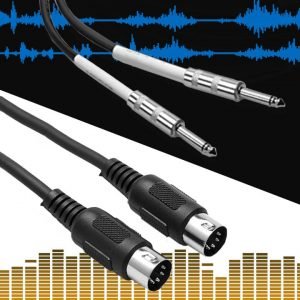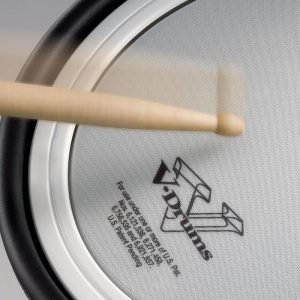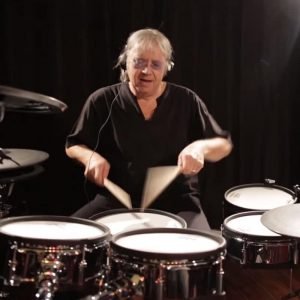SuperNATURAL Technology Explained…
In brief, SuperNATURAL technology improves the way the instrument responds to your playing, making it feel far more natural and authentic. For years, digital instruments have faithfully reproduced the sound of an acoustic instrument. But digital instruments usually feel different to their acoustic counterparts, due to the way they respond to your playing.
Author: Roland UK Features Team
SuperNATURAL technology incorporates ‘Behavior Modeling’ which takes the playing experience a step further than just offering a ‘detailed’ sound. By accurately reproducing the behavior and responses of an acoustic instrument, it transforms the way a digital drum kit responds, therefore; giving the drums a dynamic and natural ‘feel’ that until now has not been possible.
SuperNATURAL technology was first introduced in Roland’s prestigious digital pianos and synthesizers. When developing the next generation of V-Drums, Roland’s engineers felt that SuperNATURAL technology could be developed further and adapted for V-Drums.
What are drum triggers? Find out here!
What is Behavior Modeling?
To understand how SuperNATURAL technology works, we first need to understand how an acoustic instrument behaves. Let’s consider a snare drum roll. If you play a single or double stroke roll lightly on the snare drum, it has a soft tone, a quiet volume and the drum responds in a certain way with less ‘attack’. As you play harder, not only does the volume get louder, but the tone changes too. It now responds differently, with the attack now a lot more pronounced. This transition in tone, volume and response happens in a smooth and seamless way. Every strike is different, and the drum reacts differently to each strike.
Okay, So How Does SuperNATURAL Technology Work?
SuperNATURAL processes many elements to model convincingly the behavior of acoustic instruments:
- It processes your playing input faster than ever before.
- It captures detailed sensing information, such as rim shot strength and the player’s position on the pad.
- The sound engine produces sounds that respond and change smoothly and dynamically.
Together, these elements create an authentic ‘behavioral reaction’, or to put it another way, the drums play and feel just how you’d expect them to. There are three distinct stages to modeling this behavioral reaction:
- How the pad or cymbal physically feels when you hit it. For example, the Roland mesh head has a more natural feel when the drum stick hits it, responding with an acoustic like bounce and rebound that feels natural.
- The sensing within the pad is high quality and accurately detects hit strength, position and interval (i.e. the time between each hit). This information is then sent to the module.
- The sound engine within the module processes all of the information sent by the pad and then recreates the sound accurately and smoothly. This is the key to ensuring the transition in volume and tone is dynamic and natural.
Because the sound engine processes the player’s input very quickly, it means that every stroke can be processed individually. Therefore, dynamics, such as ghost notes, flams, buzz rolls and rim shots feel far more realistic. This removes the ‘machine gun’ effect associated with previous digital drum kits, where every hit can sound the same as the last.
So now, if you can think it, you can now play it – but only on a SuperNATURAL V-Drums kit.








